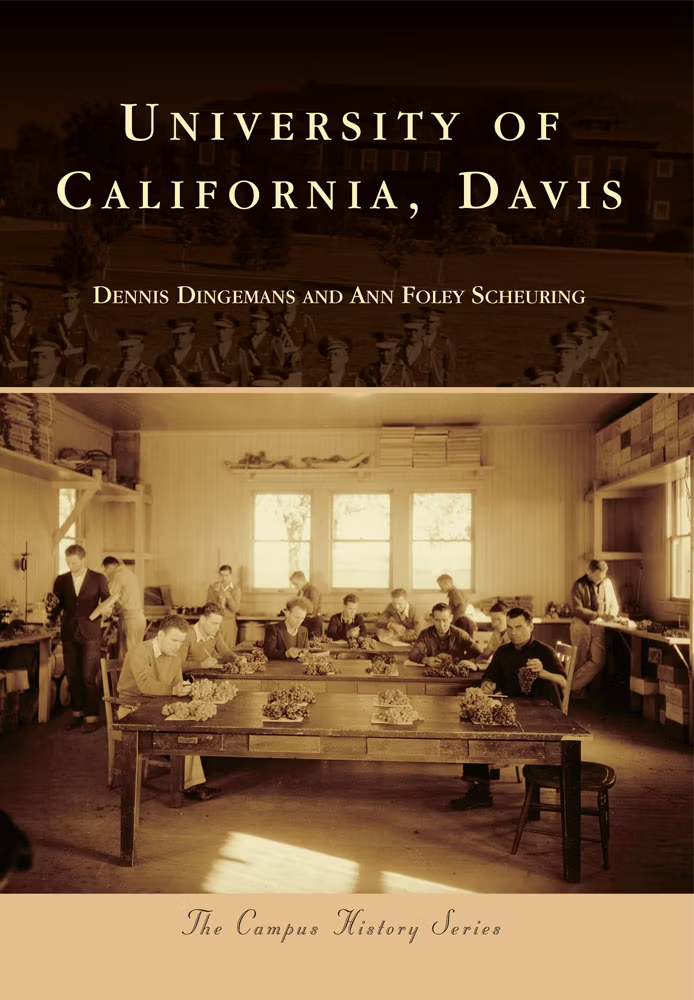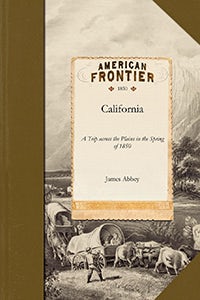
The University of California Museum of Paleontology (UCMP) had a long and rich history even before California became a state.
Formally established in 1921, UCMP was built with collections accumulated over 150 years. This treasure trove comes from all continents and ages; it is a major source for research, outreach, and teaching in paleontology--extinctions, radiations, asteroids, climate change, paleoceanography, and the animals, plants, and microbes themselves. Now the collections, built by the California Geological Survey (1864-1874), faculty, staff, students, and donors, are... Read More
The University of California Museum of Paleontology (UCMP) had a long and rich history even before California became a state.
Formally established in 1921, UCMP was built with collections accumulated over 150 years. This treasure trove comes from all continents and ages; it is a major source for research, outreach, and teaching in paleontology--extinctions, radiations, asteroids, climate change, paleoceanography, and the animals, plants, and microbes themselves. Now the collections, built by the California Geological Survey (1864-1874), faculty, staff, students, and donors, are... Read More






